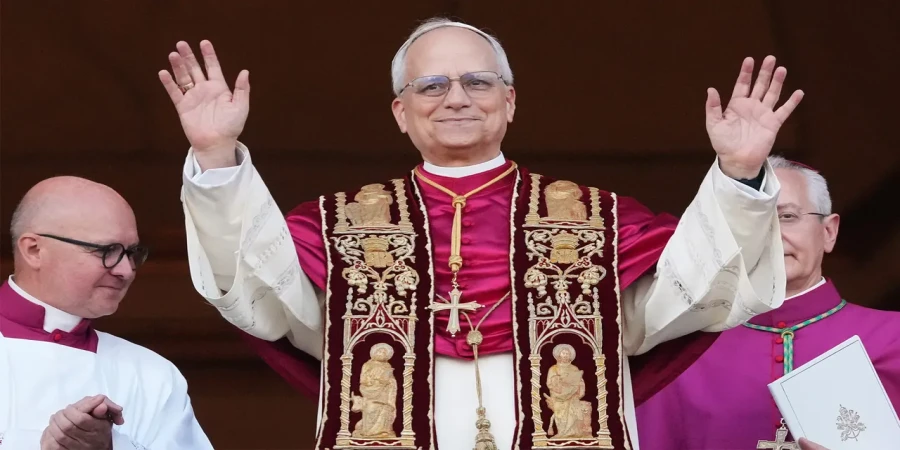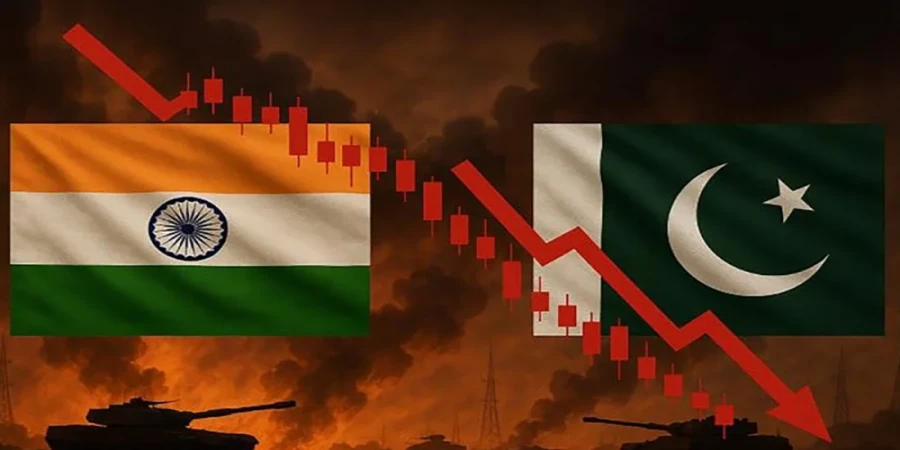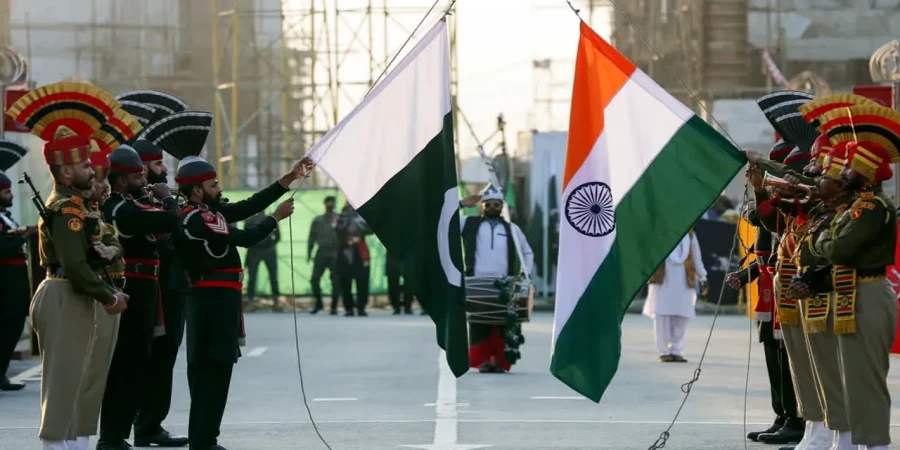
ছবি: Photo: Collected
Robert Prevost, the American-Peruvian cleric, has officially taken over as the new Pope of the Roman Catholic Church, assuming the name Pope Leo XIV. He now serves as the spiritual leader of nearly 1.4 billion Catholics across the globe. His selection and the symbolism surrounding his name, message, and appearance indicate a carefully crafted direction for the future of the Church.
The announcement was confirmed on Friday, May 9, in a report published by Reuters. The new Pope’s name, Leo XIV, holds significant weight and historical resonance. It aligns him with Pope Leo XIII, who served from 1878 to 1903 and was known for his unwavering support of social justice and labor rights. Many observers see the choice of this name as a deliberate indication of ideological continuity and a deep respect for the Church’s historical responsibilities.
Pope Leo XIV succeeds the late Pope Francis, who had become widely known as a champion of the poor, especially due to his early pastoral work in the slums of Argentina. Following Francis's death, questions quickly arose about the nature and philosophy of his successor. With Pope Leo XIV's initial statements and symbolic decisions, many of those questions are beginning to find answers.
The new pontiff’s first address to the faithful, delivered before a vast crowd gathered at St. Peter’s Square in Vatican City, emphasized themes of peace, humility, and unity. The speech was delivered primarily in Italian, but he also included segments in Spanish as a nod to his Peruvian heritage. Interestingly, he entirely avoided using English—something commentators view as either a reflection of regional loyalty or a signal of a stylistic shift within the papacy.
Pope Leo XIV stated, “May the peace of the Creator dwell among us all—a humble, profound, and enduring peace.” He fondly remembered Pope Francis, saying that the “courageous yet gentle voice of Francis still echoes in our hearts.” He ended his speech by repeating the final blessing delivered by his predecessor, reinforcing a sense of continuity and solidarity.
Observers have paid close attention to his choice of papal garments as well. Unlike Pope Francis, who made headlines in 2013 by adopting a simpler and more modest style, Pope Leo XIV has opted for a more traditional appearance. He appeared in the classic crimson papal cloak and a dignified white robe, reflecting a deliberate alignment with ecclesiastical heritage.
Analysts suggest that this decision, much like his choice of name, conveys a strong message—he intends to lead the Church with reverence for its traditions while also addressing modern social challenges. Reverend Thomas Reese, a prominent cleric and analyst, remarked that Leo XIV's symbolic decisions so far show a firm commitment to the Church’s mission in education and social responsibility.
In the backdrop of a rapidly changing global religious and political landscape, Pope Leo XIV’s leadership is expected to play a crucial role in redefining Catholic engagement with issues such as inequality, migration, and interfaith dialogue. The initial signs point toward a pontificate that seeks balance: grounded in history, yet alert to the realities of the present.
As the world watches closely, the direction and tone set by Pope Leo XIV in his early moments suggest a pontificate that may strive for a dignified harmony between tradition and transformation. The challenges ahead are numerous, but the new Pope’s calm yet determined beginning has already begun to shape expectations for a Church rooted in its past but open to renewal.
repoter





